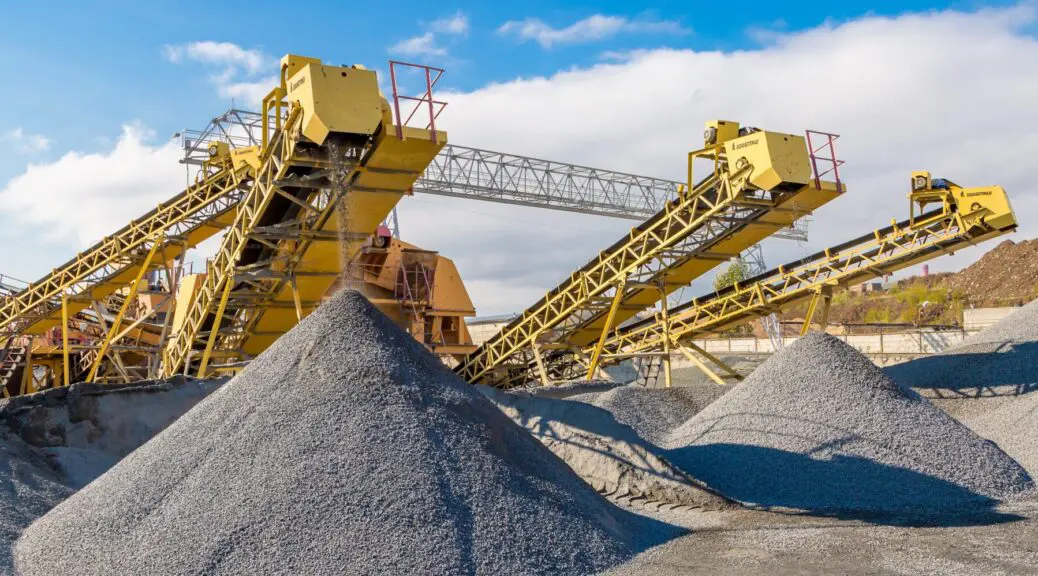Mineral processing is a crucial step in the mining industry, transforming raw ores into valuable concentrates and products. This complex field encompasses various techniques and technologies designed to separate valuable minerals from waste material, ultimately enhancing the economic viability of mining operations. This article explores the principles, processes, and advancements in mineral processing, as well as its significance in the global economy.
What is Mineral Processing?
Mineral processing, also known as ore dressing or mineral beneficiation, refers to the series of operations that separate and concentrate valuable minerals from ore. The goal is to maximize the recovery of the target mineral while minimizing the presence of unwanted materials. This process is essential for transforming mined resources into forms suitable for further refining, manufacturing, or consumption.
Key Processes in Mineral Processing
Mineral processing involves several stages, each employing specific techniques tailored to the characteristics of the ore and the desired end products. The main processes include:
- Crushing and Grinding:
- Crushing: This initial stage reduces the size of the ore to facilitate further processing. Crushers break down large chunks of rock into smaller pieces.
- Grinding: The crushed ore is then ground into a fine powder to liberate the valuable minerals from the surrounding rock. This is typically done using ball mills or other grinding equipment.
- Concentration:
- Gravity Separation: This method uses differences in density to separate minerals. Techniques such as jigging, shaking tables, and spiral concentrators are commonly employed.
- Flotation: A widely used technique, flotation involves adding chemicals to create froth in which specific minerals attach and rise to the surface for collection. This method is particularly effective for sulfide ores.
- Magnetic and Electrostatic Separation: These methods utilize magnetic or electric forces to separate minerals based on their magnetic properties or electrical conductivity.
- De-watering:
- After concentration, the mineral product often contains significant amounts of water. De-watering processes, such as filtration and thickening, are employed to remove excess water and create a more manageable product.
- Hydrometallurgy and Pyrometallurgy:
- In some cases, additional chemical processes are used to extract valuable metals from concentrates. Hydrometallurgy involves using aqueous solutions to dissolve and recover metals, while pyrometallurgy involves high-temperature processes, such as smelting.
Importance of Mineral Processing
Mineral processing plays a vital role in the mining industry and the global economy for several reasons:
- Resource Efficiency: By effectively separating valuable minerals from waste, mineral processing enhances the overall efficiency of mining operations, allowing for more sustainable use of natural resources.
- Economic Viability: The ability to produce high-grade concentrates increases the profitability of mining operations, making it economically feasible to extract minerals that may otherwise be considered too low grade.
- Environmental Impact: Efficient mineral processing techniques can reduce the environmental footprint of mining by minimizing waste and improving resource recovery.
- Job Creation: The mineral processing sector provides employment opportunities, contributing to local economies and fostering technological advancements.
Innovations in Mineral Processing
Advancements in technology continue to shape the field of mineral processing. Some notable trends include:
- Automation and Robotics: The integration of automated systems and robotics enhances efficiency and safety in mineral processing operations, reducing human exposure to hazardous environments.
- Data Analytics and AI: Advanced data analytics and artificial intelligence are being used to optimize processing parameters, predict equipment failures, and improve decision-making processes in real-time.
- Sustainable Practices: There is a growing emphasis on developing eco-friendly processing techniques that minimize waste generation and reduce energy consumption. Innovations such as bioleaching and alternative chemical processes are gaining traction.
- Recycling and Circular Economy: The mineral processing industry is increasingly focusing on recycling materials from electronic waste and other sources, contributing to a circular economy and reducing reliance on primary raw materials.
Challenges in Mineral Processing
Despite its importance, mineral processing faces several challenges:
- Complex Ores: The increasing complexity of ores, including the presence of various minerals and impurities, complicates processing and may require more sophisticated methods.
- Regulatory Pressures: Stricter environmental regulations demand that processing plants minimize their ecological impact, which can increase operational costs.
- Economic Fluctuations: The volatility of mineral prices can affect the viability of processing operations, influencing investment decisions and technological advancements.
- Skill Shortages: The industry often faces a shortage of skilled professionals, which can hinder innovation and efficiency in mineral processing operations.
Conclusion
Mineral processing is a vital component of the mining industry, transforming raw materials into valuable products while enhancing resource efficiency and economic viability. As technological advancements continue to shape the field, the focus on sustainable practices and innovative techniques will play a crucial role in meeting the growing demand for minerals in an increasingly resource-constrained world. By addressing the challenges and embracing new opportunities, the mineral processing sector can contribute significantly to a sustainable future and the responsible management of our planet’s resources.
